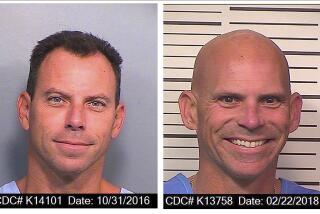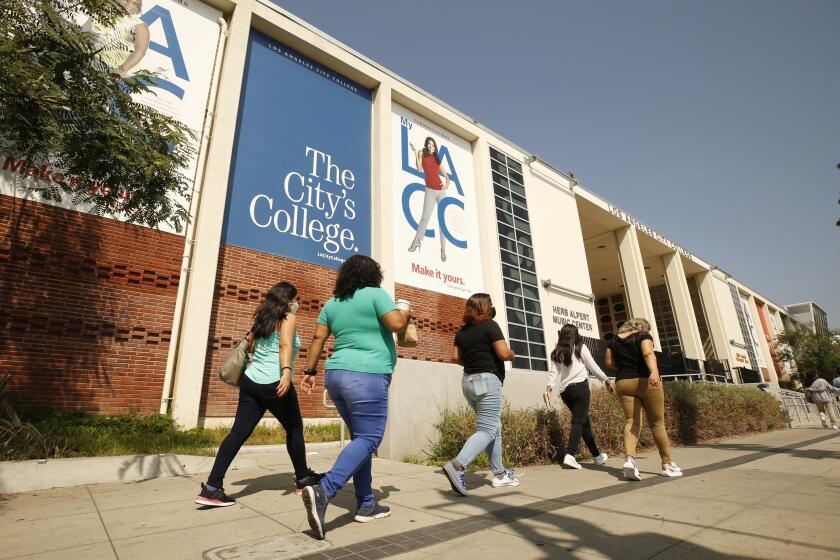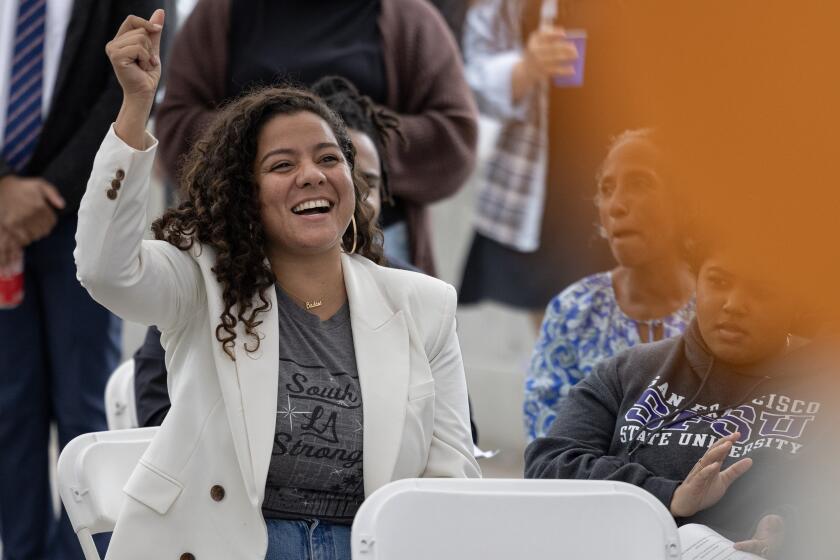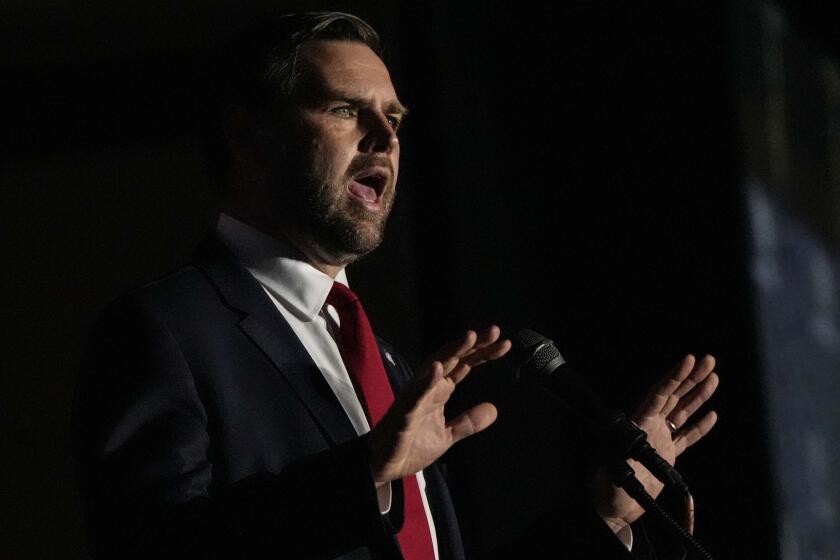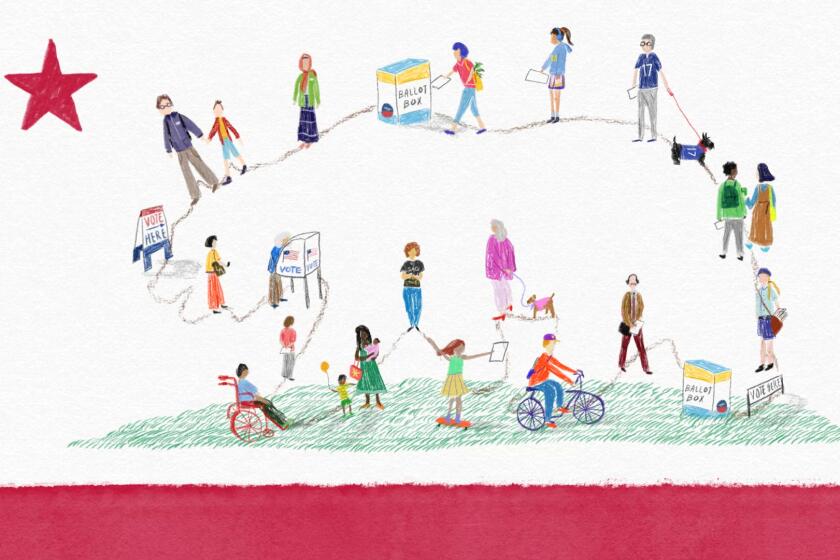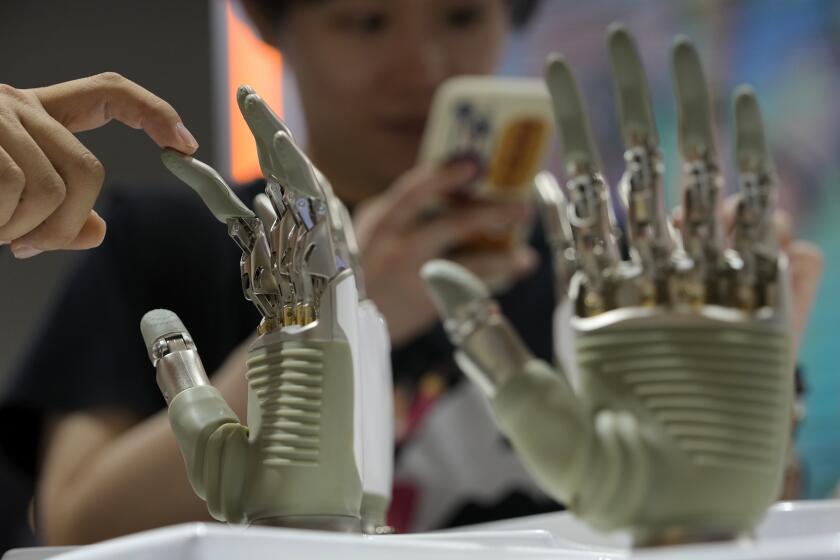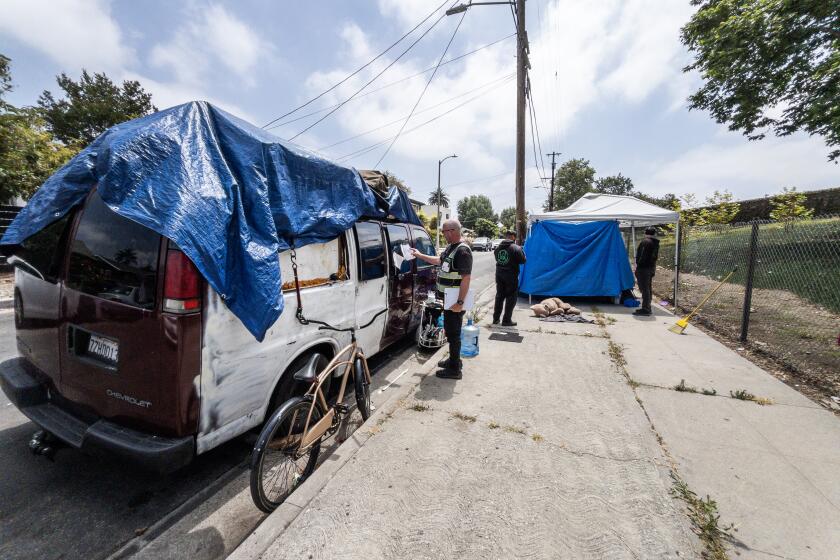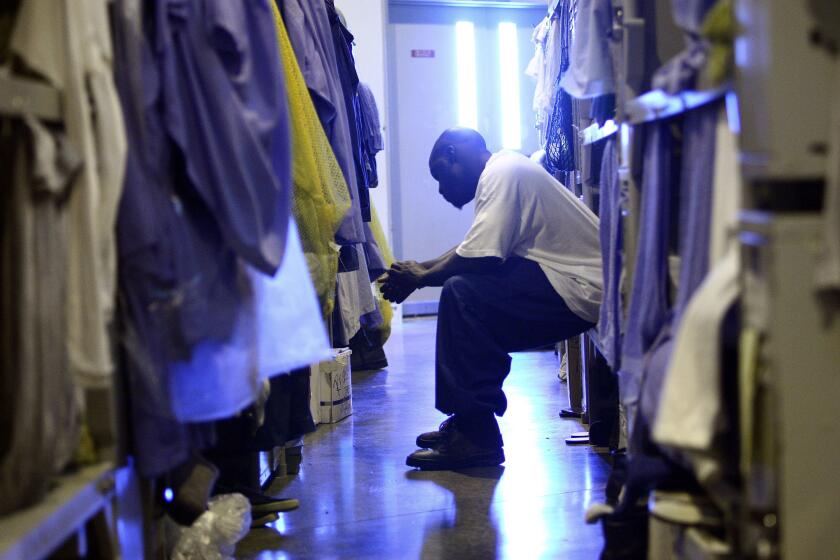Opinion: The Supreme Court ruling is an abortion-rights victory. But it doesn’t guarantee access to services
Monday was a busy day for the Supreme Court, which closed its current term by handing out major rulings on abortion, corruption, and gun control. All three were landmark cases, but the court’s ruling on abortion, Whole Woman’s Health v. Hellerstedt, was the most hotly anticipated. The case stemmed from a 2013 Texas law mandating that only abortion clinics that employ doctors with admitting privileges at local hospitals and meet outpatient surgical center standards would be allowed. Enforcing this law would have likely closed around 30 of the state’s 40 abortion providers, and left large swathes of the state entirely without access to abortion services.
In its 5-3 ruling, the high court determined this law placed an “undue burden” on women seeking an abortion, a decision that is likely to have ripple effects across the deep south. Mississippi, Alabama, Georgia, and Louisiana have similar laws pending. These states each rank in the lowest third for American median household income — the poverty rate in Mississippi is the highest in the nation at 21.5 — which makes the ruling that much more significant. Great numbers of women in the affected states don’t have jobs with sick leave, or disposable income, or access to personal transportation. Had the Supreme Court sided with the Texas legislature it would have forced women, especially poor women, to work even harder to access critical care.
The Supreme Court’s ruling was an abortion-rights victory. But it still doesn’t guarantee women access to abortion services. Over seventy percent of American women who live in rural areas already have to travel more than 50 miles to get an abortion. Making it ever more onerous, a 2011 Texas sonogram law requires each woman to either view an image of her fetus or hear it exhaustively described, and then wait at least 24 hours before the procedure (often, the wait time is longer due to the demand for services providers face). This means that there is no single-day abortion procedure available in Texas. Even simpler medical abortions, ie. pill-based procedures, require an overnight visit, or a series of visits.The court’s ruling does not affect that law, and offers no guarantee of universal access. The clinics that do exist in Texas remain cash-strapped and operate under intense opposition. Olga Khazan reported on what it’s like to run an abortion clinic in a conservative Texas town for the Atlantic.
“Carla Holeva, who handled community affairs for Planned Parenthood, was at the grocery store ‘minding my own business’ when a man and young boy approached her. ‘Get a good look at her,’ she recalls the man telling the boy. ‘She’s a very mean woman. She likes to kill babies.’”
Because of the limited access to and ensuing wait for services women in these states face, some find themselves pushed beyond the three-month window in which a medical abortion is allowed. In these cases, the women are compelled to have surgical abortions, which are even more taxing and more expensive to obtain. Jia Tolentino’s Jezebel interview with a woman who had an abortion at 32 weeks adds critical context to the often-clinical ‘fetal viability’ conversation. The woman, who lives in New York, had to travel to Colorado to receive an abortion after being told the child she was carrying had genetic abnormalities that made him “incompatible with life.” She spoke about the challenges faced by the provider she visited:
“There are a few doctors in the country—four of them, you interviewed one of them—who will do this. But my doctor had previously referred patients to Dr. Hern, who’s in Boulder. He’s this 78-year-old man who’s been doing this for decades, who developed a lot of the abortion procedures that we know to be the most safe. He’s had 37,000 patients and he’s never lost anyone. And he’s a zealot, but he has to be. There are websites dedicated to offering money to kill him; his practice has four layers of bulletproof glass. They’ve been shot at. He was there during the Roe v. Wade decision. He’s been through it all. And the only other peer he had at his level was Dr. Tiller, who was killed in 2009.”
This ruling doesn’t change the fact that American access to abortion services is still shoddy, piecemeal, and often prohibitively expensive. It doesn’t change the curricula of school systems that are hostile to comprehensive reproductive education. It doesn’t change the fact that many women have to walk through picket lines of people waving pictures of bloody fetuses and yelling that they’ll burn in hell (oh, also, God loves ya). That many are duped into attending faux “crisis pregnancy centers,” which delay access to real care and only “educate” them about parenting or adoption. Nor does the Supreme Court ruling change the fact that these “crisis pregnancy centers” receive millions of dollars of Texas state funding, while abortion clinics receive none.
Whole Woman’s Health vs. Hellerstedt is a battle won, but the larger war has innumerable fronts. Those of us who care about a woman’s right to choose must recognize that the court has only affirmed the right of Texan women to make use of the overstretched and underfunded abortion services that already exist in their state.
Showing interpersonal and public support for those who get abortions is a critical piece of our advocacy, but social movements require both heart and teeth. The teeth is the piece where we give something to the work, whether it be our money, time or skills. Abortion-rights advocates can use the increased attention on Texan clinics as an opportunity to evaluate what more we can do in states where those clinics are far apart and underfunded. Can we fundraise for or donate to the clinics? Can we use the skills we have — whether we be administrators, caretakers, lawyers, educators — to shore them up? Can we work harder to let the practitioners in our communities know they are supported? Can those of us with cars volunteer to drive women who don’t to receive the abortions they need?
In a fairer world, the government would fill in these service gaps. But there is too much that needs doing for us to wait for a change in policy that may not come. The Supreme Court ruling pushes the abortion-rights movement forward. It’s also a reminder for advocates to think creatively about how we can put our values into action.
Batchelor Warnke is an intern in The Times’ Opinion section. Follow her on Twitter @velvetmelvis.
Follow the Opinion section on Twitter @latimesopinion and Facebook
More to Read
A cure for the common opinion
Get thought-provoking perspectives with our weekly newsletter.
You may occasionally receive promotional content from the Los Angeles Times.
